Medical Record Summarizer - Medical Record Summarization
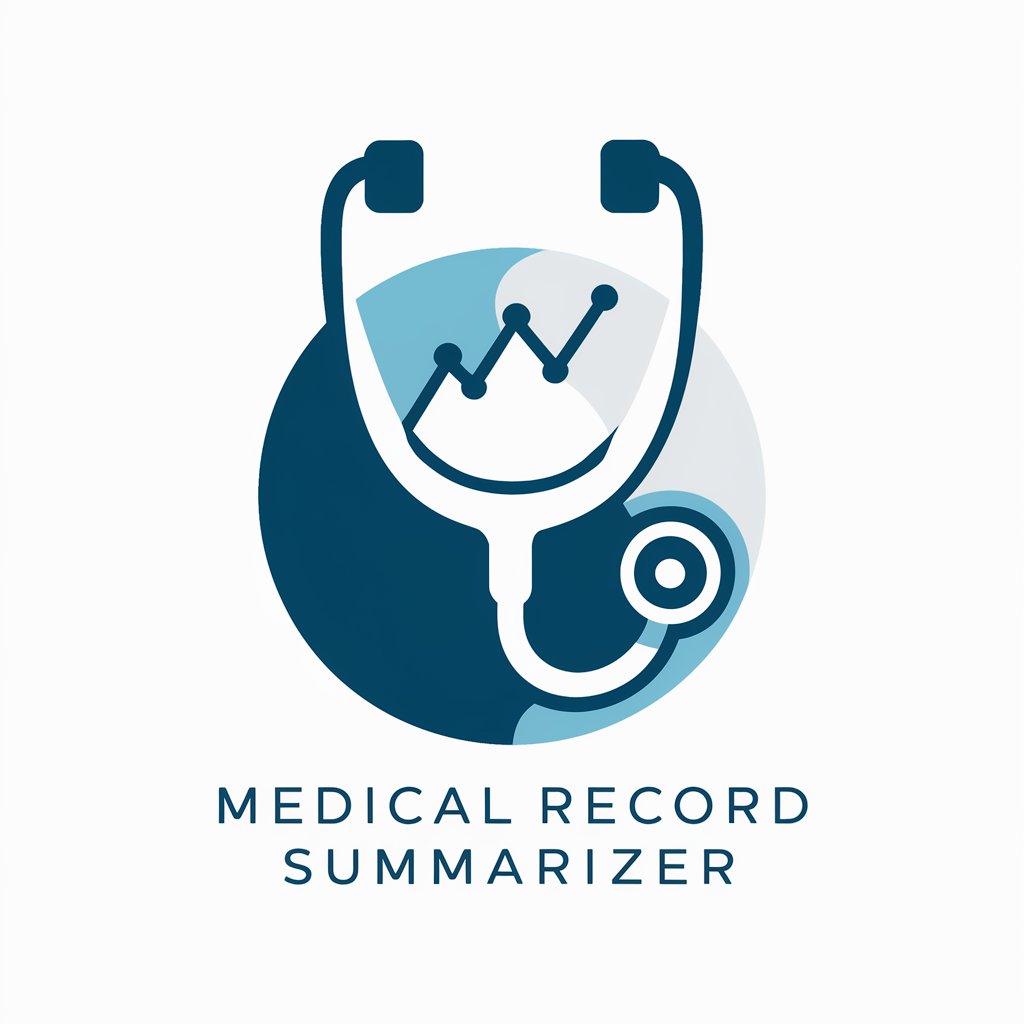
Welcome! Let's streamline your medical records with clear, concise summaries.
Streamlining Healthcare with AI-Powered Summaries
Summarize the patient's medical history, focusing on major diagnoses and treatments...
Provide a concise overview of the latest lab results for the patient, highlighting any abnormalities...
Generate a summary of the patient's recent visit, including key observations and recommendations...
Create a brief report on the patient's medication history, noting any changes or side effects...
Get Embed Code
Overview of Medical Record Summarizer
The Medical Record Summarizer is a specialized tool designed to simplify the complex and often voluminous data contained in medical records into concise, easily understandable summaries. Its primary goal is to enhance efficiency and comprehension within the healthcare sector by converting detailed medical information and jargon into clear, succinct reports. An example scenario illustrating its utility could be a primary care physician managing multiple patients with chronic conditions. The Summarizer could distill a patient's extensive history of diabetes management, including medication adjustments, blood sugar level trends, and consultation notes, into a brief summary that highlights critical changes, current treatment strategies, and areas requiring attention. Powered by ChatGPT-4o。

Core Functions of Medical Record Summarizer
Data Aggregation and Condensation
Example
Consolidating multiple sources of patient data (e.g., lab results, imaging reports, physician notes) into a unified summary.
Scenario
In a multidisciplinary team meeting, healthcare professionals can quickly grasp a patient's overall status, enabling more informed and collaborative decision-making.
Jargon Simplification
Example
Translating complex medical terminology into layman's terms.
Scenario
This feature is particularly useful in patient-facing documents or communications, where it's crucial to ensure that patients and their families understand their health conditions and treatment plans.
Trend Identification
Example
Highlighting significant changes or trends in a patient's health status over time, such as improving or worsening indicators.
Scenario
This can assist in identifying the effectiveness of a treatment plan, necessitating adjustments or further interventions.
Customizable Summaries
Example
Generating summaries tailored to the specific needs or questions of the user, focusing on particular aspects like medication changes, upcoming appointments, or recent test results.
Scenario
Useful for specialists who need a quick overview of relevant patient information without sifting through unrelated details.
Target User Groups for Medical Record Summarizer
Healthcare Professionals
Physicians, nurses, and other clinical staff who need to quickly understand a patient's medical history, current condition, and treatment plan without delving into extensive records. The summarizer aids in improving patient care by providing clear, accessible information.
Medical Researchers
Researchers studying trends, outcomes, and treatment efficacy in specific patient populations can use the summarizer to distill large datasets into manageable summaries, highlighting key findings and anomalies.
Healthcare Administrators
Administrators involved in quality control, policy-making, and operational efficiencies can utilize summaries to monitor healthcare delivery, adherence to guidelines, and patient outcomes at a glance.
Patients and Caregivers
While not the primary audience, patients and their caregivers can benefit from simplified summaries of medical records, enhancing their understanding and engagement in care processes.

How to Use Medical Record Summarizer
1
Start with a free trial by visiting yeschat.ai, where you can access Medical Record Summarizer without needing to log in or subscribe to ChatGPT Plus.
2
Prepare the medical records you want to summarize. Ensure they are digitized and in a format that is easily uploadable or copy-paste friendly.
3
Use the tool to upload or paste your medical records. The interface is designed to be user-friendly, guiding you through the process.
4
Review the summarized information. The AI will provide a concise version of the medical records, highlighting key information and findings.
5
Make adjustments if necessary. You can refine the summary by providing feedback or highlighting specific areas of interest for more detailed analysis.
Try other advanced and practical GPTs
Words Record
Empower Your Words with AI
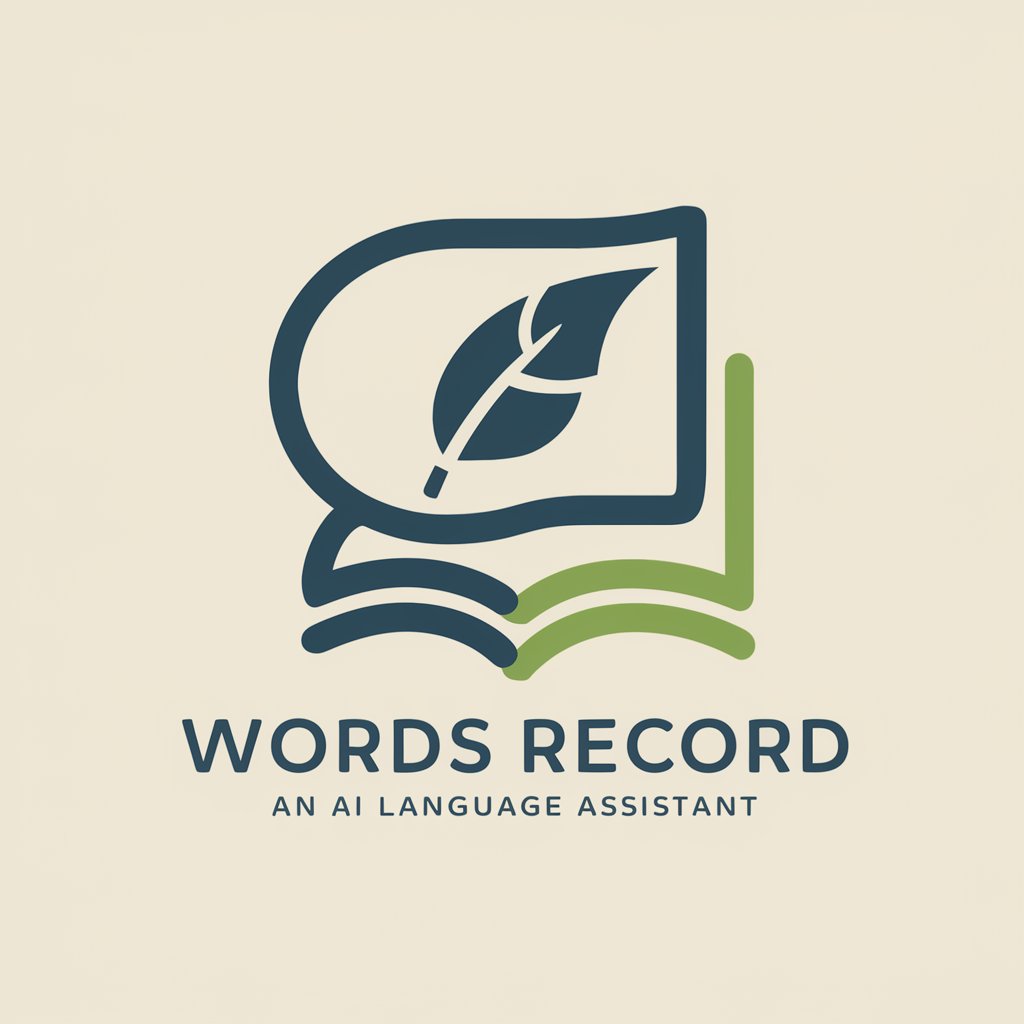
Cosmic Phenomena Record Keeper
Unravel Cosmic Mysteries with AI

Record Label Run-Down
Navigate Music Mastery with AI

Thought Record
Transform Thoughts, Boost Emotional Health
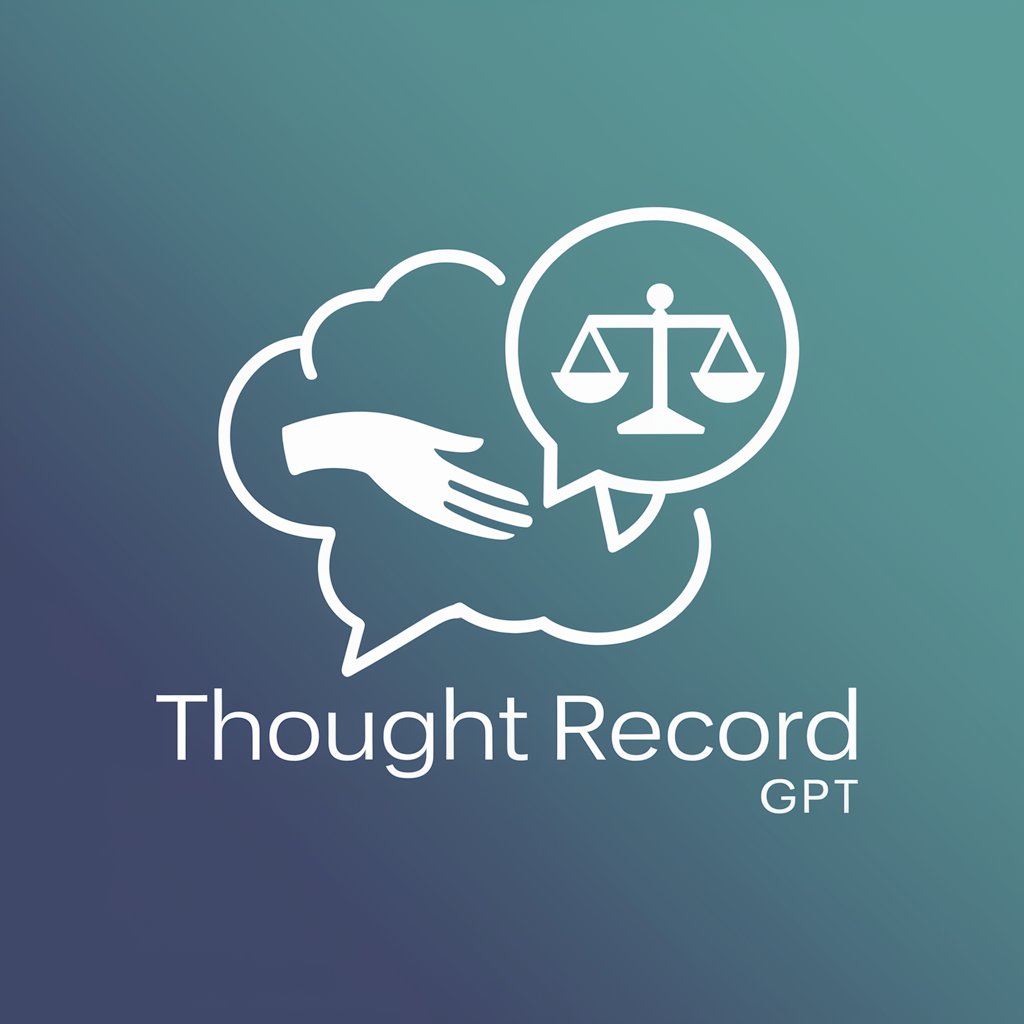
Thought Record
Rethink Thoughts with AI Guidance
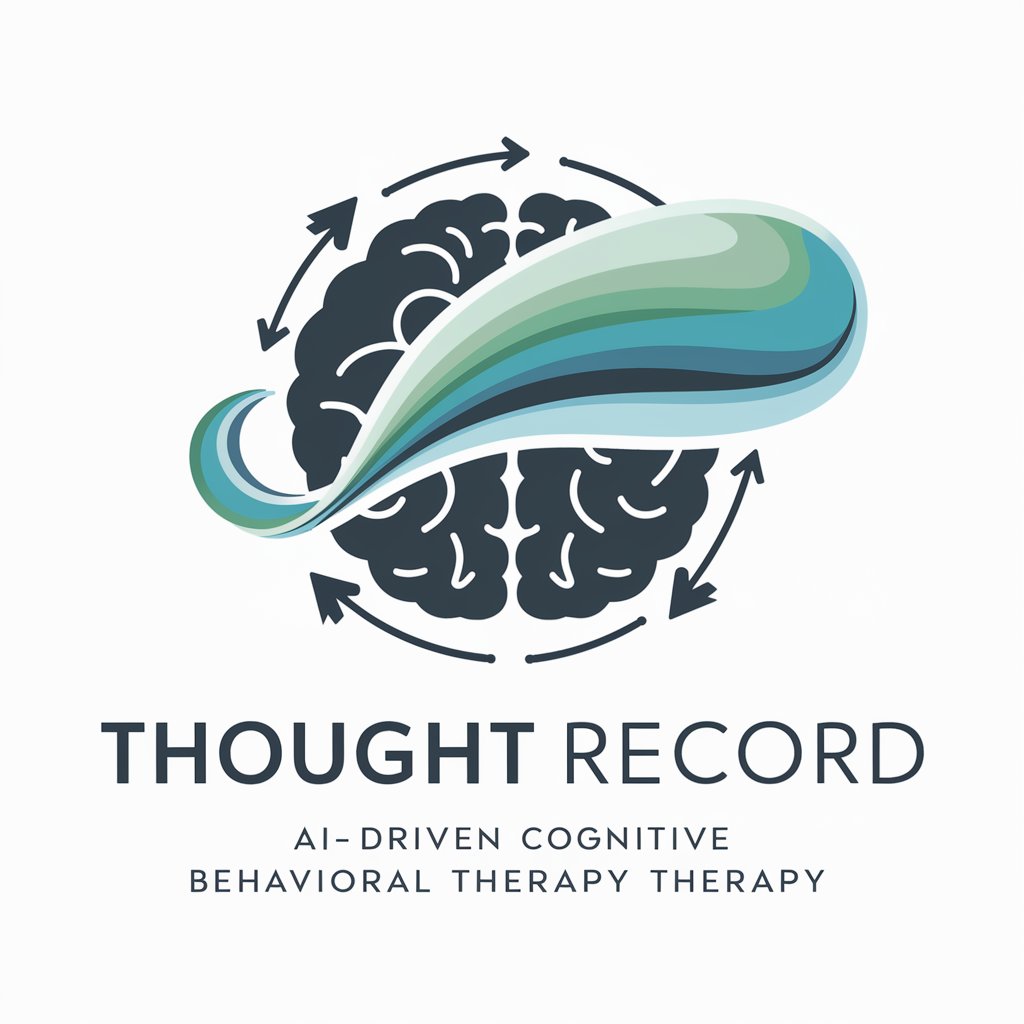
World Record
Explore the Extremes of Achievement

インターネットカフェ経営マスター
Empowering Your Internet Cafe with AI

学校営業メールアシスト
Automate your school sales emails with AI

営業マンチャットボット
Elevate sales with AI-powered precision
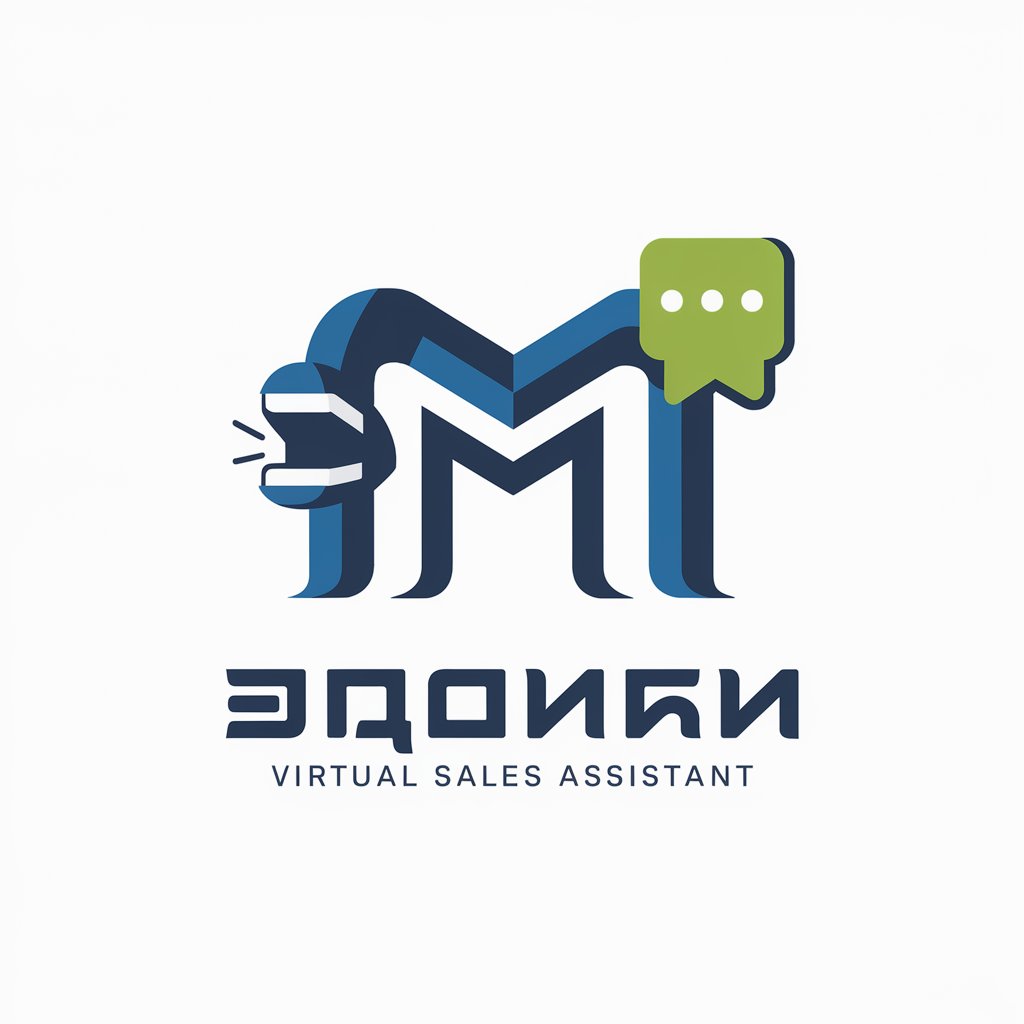
営業アシスタント|企業分析くん
Empower Your Sales with AI-Powered Insights

営業事務
Empowering your sales with AI

営業メール作成GPTs
Empower Your Sales with AI

FAQs on Medical Record Summarizer
What types of medical records can be summarized?
Medical Record Summarizer is capable of processing various types of records, including clinical notes, lab reports, and radiology findings, making it versatile for different healthcare settings.
How does the Summarizer ensure the accuracy of summaries?
The AI utilizes advanced natural language processing techniques to understand and extract essential information from complex medical texts, ensuring summaries are accurate and reliable.
Can it handle records in multiple languages?
Currently, the primary focus is on English-language medical records. However, development efforts are ongoing to include multilingual support for broader accessibility.
Is there a limit to the size of records it can process?
While there's no strict size limit, extremely large records may require more processing time. It's advisable to segment such records for optimal summarization efficiency.
How can healthcare professionals use these summaries?
Professionals can use these summaries for quicker decision-making, enhancing patient care, and reducing time spent reviewing lengthy records. They are also useful for educational purposes and clinical documentation.
